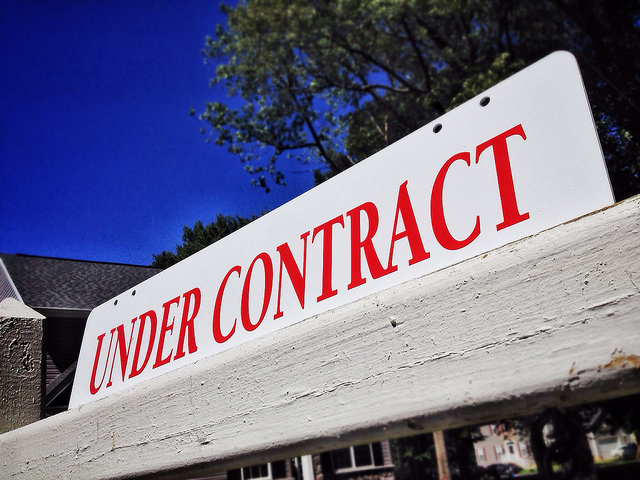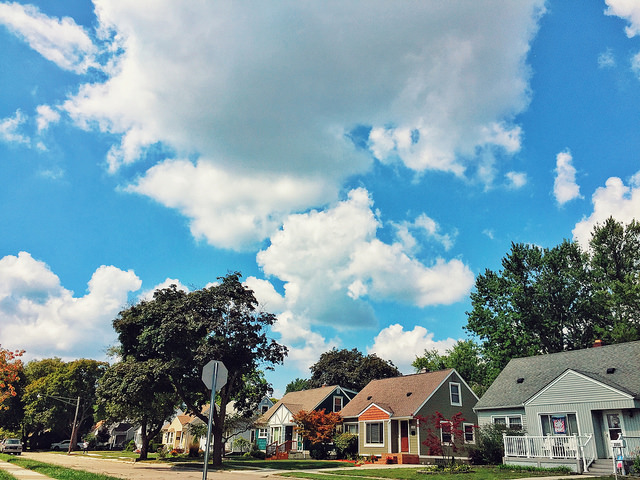Many people assume that renting is always going to be cheaper than buying a house. Mostly, this is because of the upfront costs associated with buying. Having to come up with closing costs and a down payment, in addition to taking on a monthly mortgage payment can be intimidating for someone who wants to buy but feels it’ll be easier and more affordable to rent. New data shows this is particularly true right now and it’s driving up the costs of renting a single-family home. Dr. Svenja Gudell, Zillow’s chief economist, says the current environment is causing the increase. “Those who want to buy are finding it difficult to find the right one, or may need a bit more time to come up with a down payment, but still want the advantage of space that single-family residences often provide,†Gudell said. “This, coupled with the foreclosure crisis turning millions of homeowners into renters, is a big reason why demand for single-family rental homes has risen over the last few years.†What this means is that, if you hope to buy but aren’t sure you’re ready, it’s important to research your options. In many markets, buying is still more affordable than renting, and may be especially so if you’re looking to rent a single-family home rather than an apartment. More here.












